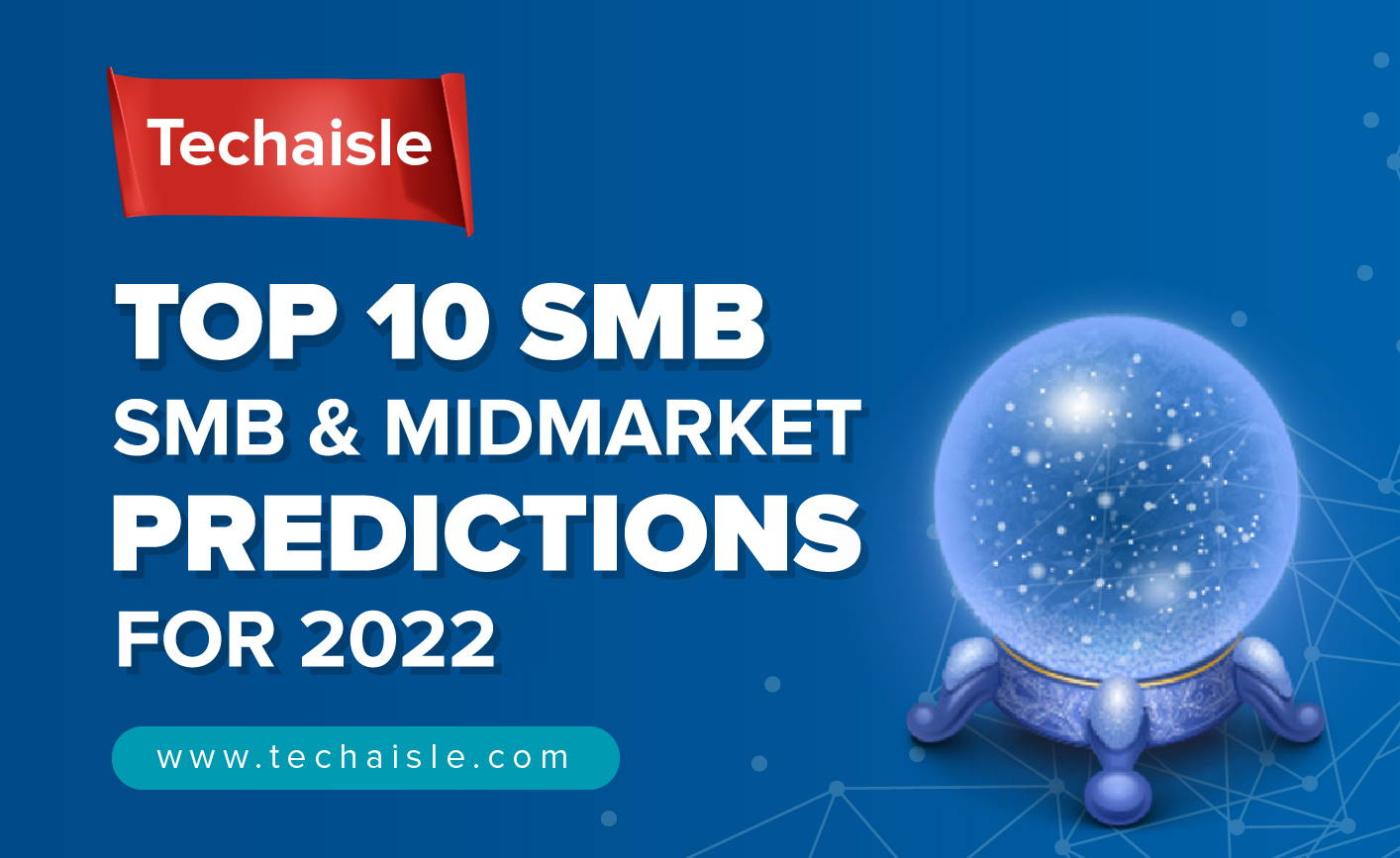Techaisle’s SMB and Midmarket Hybrid Work Adoption Trends survey indicates that 41% of SMBs plan a phased approach to return to the office, up from 22% in 2021. 20% of employees will likely work from home, in sharp contrast to 58% in 2021, similar to pre-pandemic levels in 2019 when 29% of small business (1-99) employees, 9% of employees within midmarket firms (100-999), and 7% within upper-midmarket firms (1000-4999), who worked from home. Techaisle survey also shows that 42% of employees want to work 3-4 days per week from home.
Security, remote IT support, and unreliable networks continue to be significant technology challenges in managing remote workers. Remote IT support is an especially acute inhibitor for 46% of small businesses. On the people-side of the hybrid work equation, work-life conflict, maintaining team cohesiveness, and lack of training/career implications are dominant challenges. As a result, only 11% have a hybrid first mindset, but 37% believe they have mature remote work practices.
Team collaboration solutions, office collaboration tools (conference room devices), and remote worker collaboration devices (headsets, video cameras, etc.) are the top three priorities for 45% to 58% of SMBs. PC upgrades and refreshes to enable a hybrid workforce are the fourth top priority for 39% of SMBs.

















